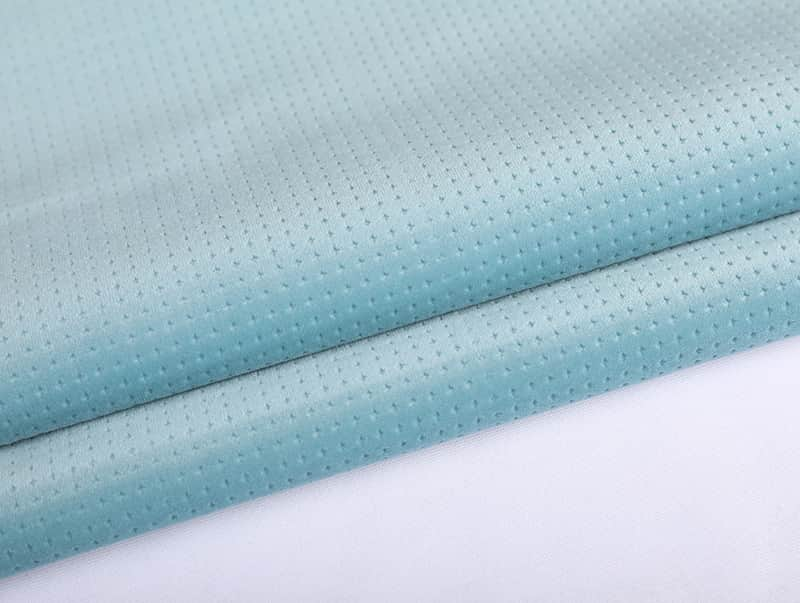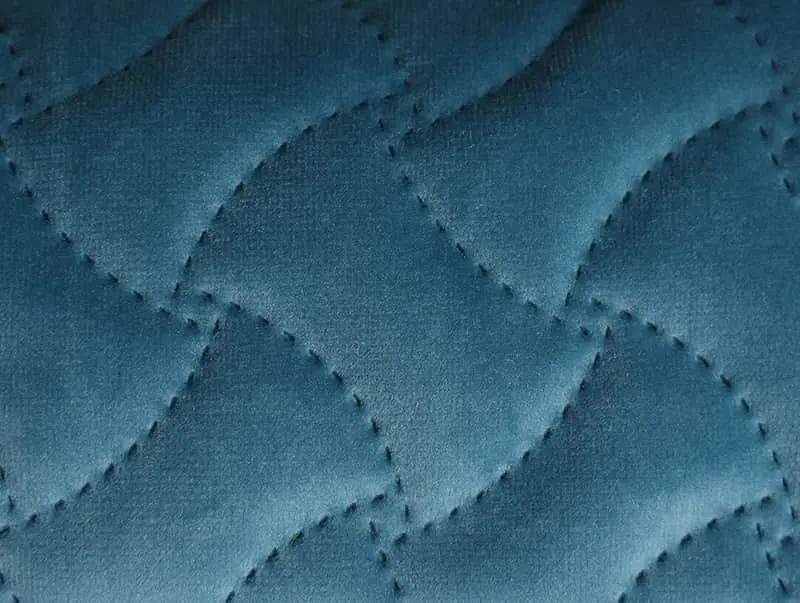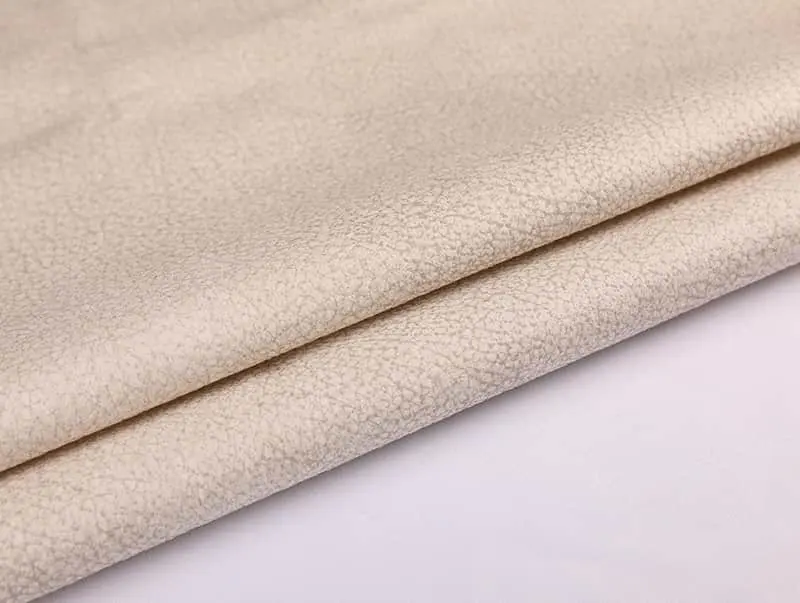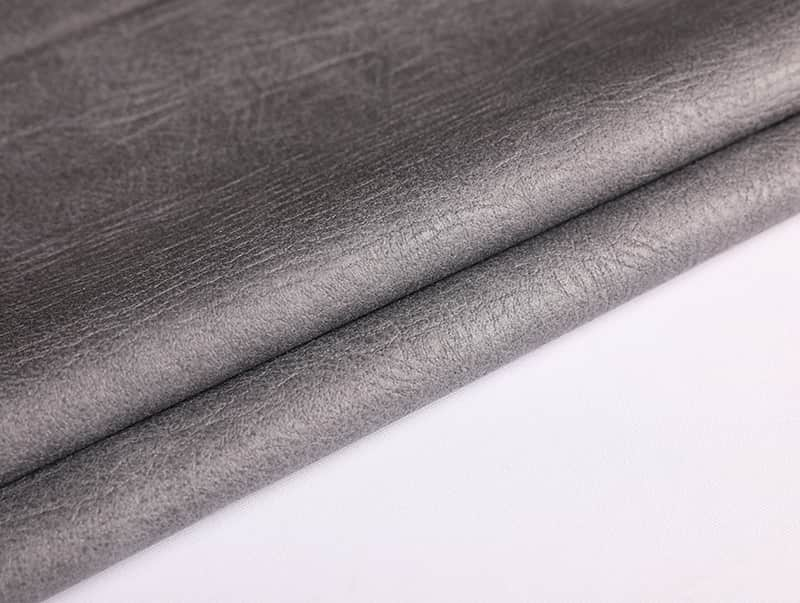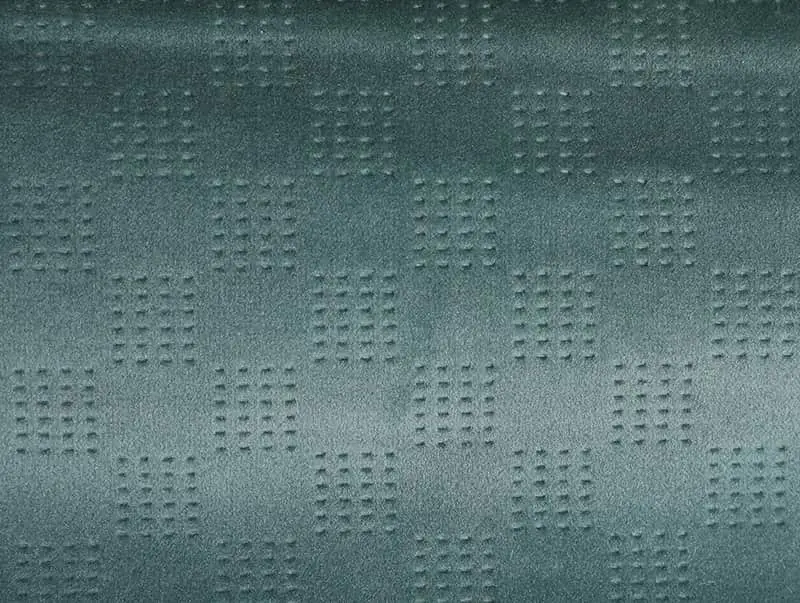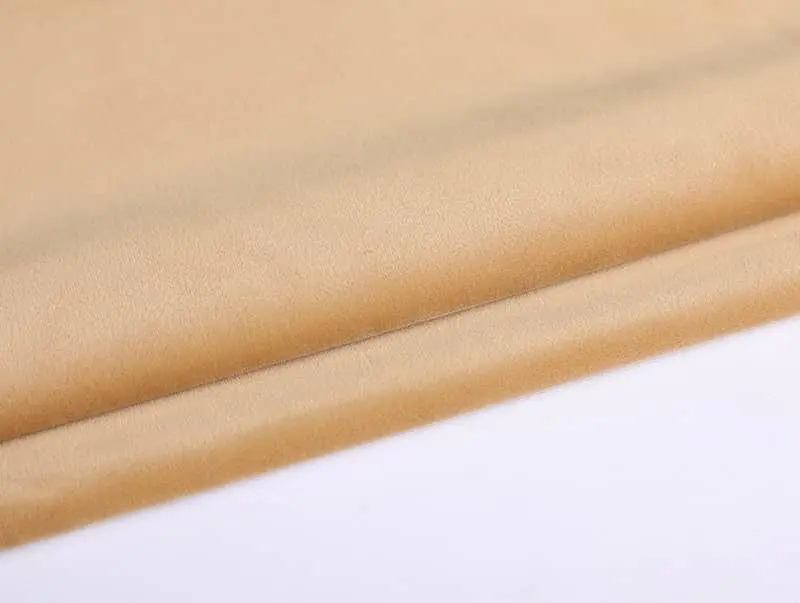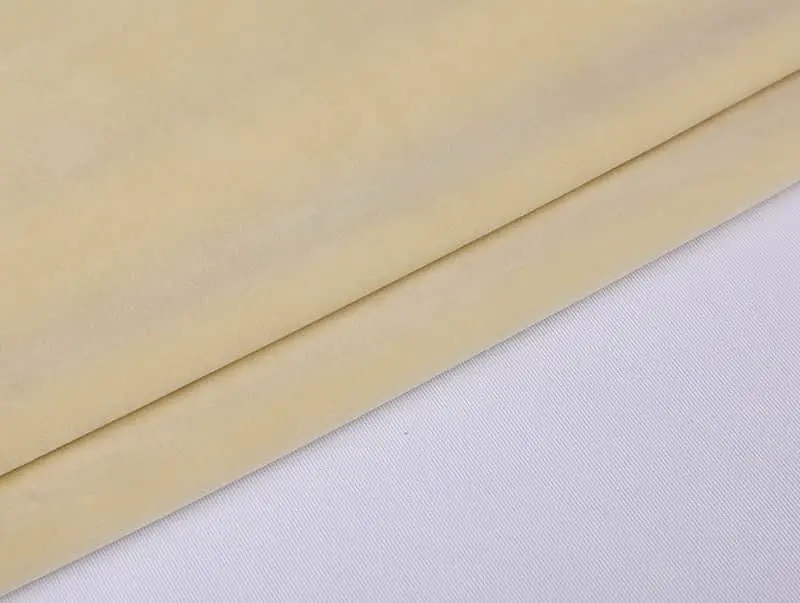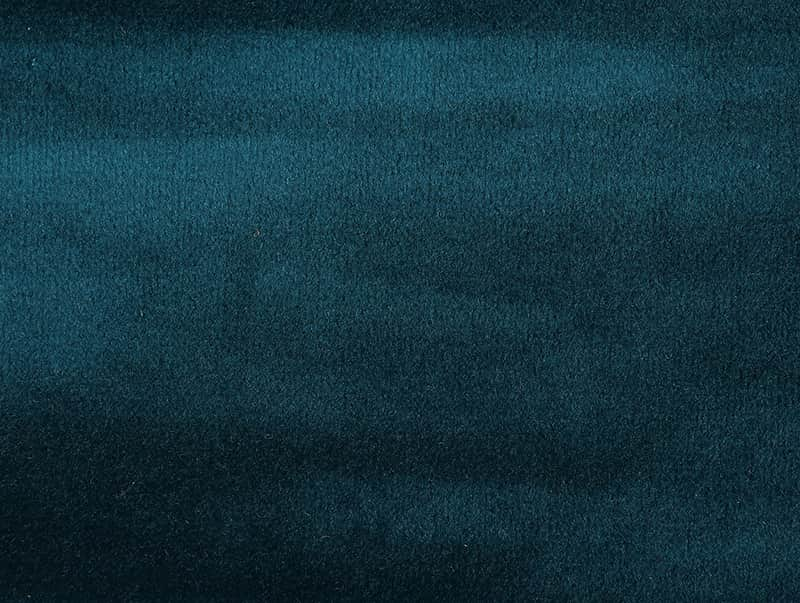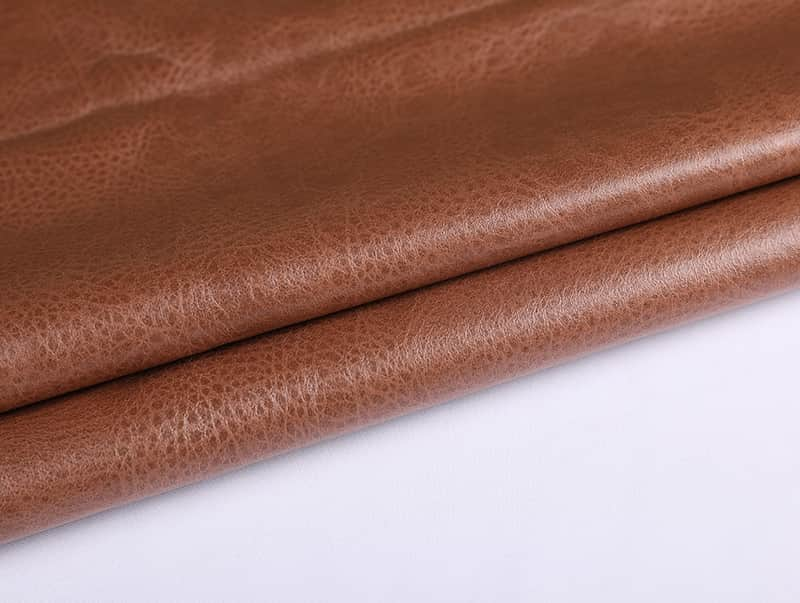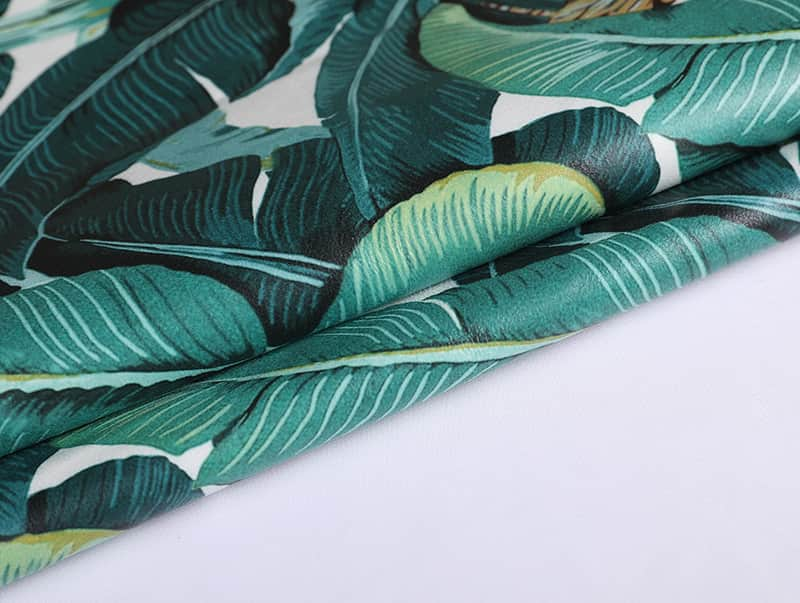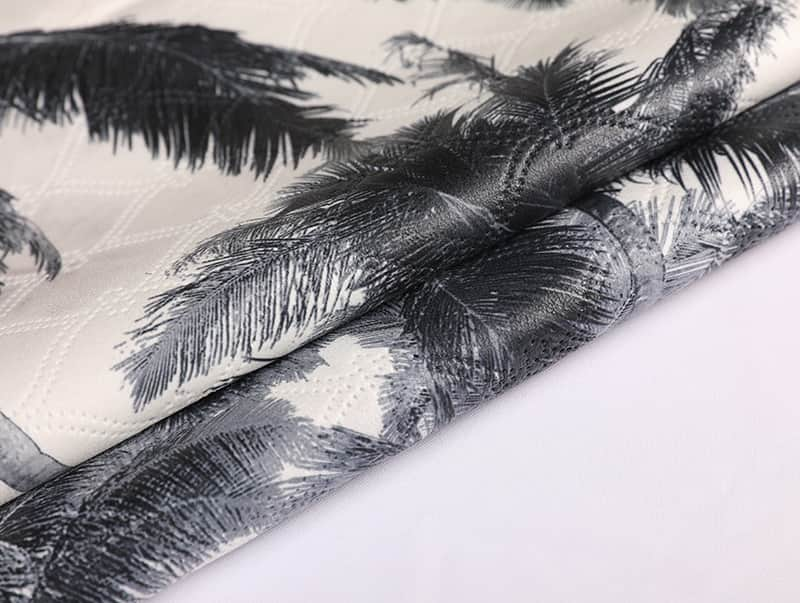1. Historical and Cultural Significance of Velvet in Upholstery
Velvet dates back to ancient civilizations, with its origins traced to early silk weaving traditions in China and the Middle East. Its introduction to Europe in the medieval period marked the beginning of its association with nobility and ecclesiastical use. During the Renaissance, velvet became a preferred upholstery choice among aristocrats, particularly in Italy and France.
By the 19th and 20th centuries, advances in industrial weaving made velvet more accessible to the general public. In particular, the Art Deco and Mid-Century Modern movements embraced velvet as a key textile for both fashion and interiors, including sofa design. The tactile richness of velvet continues to offer designers a material that communicates luxury, comfort, and depth.
2. Construction and Production Techniques
Unlike flat-woven or knitted textiles, velvet is a pile fabric, which means it has a raised surface formed by looped or cut yarns. The key to velvet’s visual depth and tactile softness lies in this pile structure.
a. Woven Velvet
Traditional woven velvet is made using a double-cloth technique, where two fabric layers are woven simultaneously with pile yarns running between them. After weaving, the pile yarns are cut, separating the two layers and producing the signature plush nap.
b. Knit Velvet and Velour
More contemporary forms of velvet for upholstery use knitted backings for increased stretch and durability. Velour, a knit-based pile fabric often made from synthetic fibers, provides similar softness and sheen with enhanced elasticity—useful for fitted upholstery.
c. Embossed and Crushed Velvet
Surface treatments such as embossing (using heat and pressure to create patterns) and crushing (mechanically compressing the pile in irregular directions) allow for additional aesthetic textures, expanding velvet’s design vocabulary in sofa manufacturing.
3. Fiber Composition and Material Innovation
The fiber type used in velvet upholstery fabrics plays a crucial role in determining performance characteristics, care requirements, and environmental impact.
a. Silk Velvet
Historically the most luxurious, silk velvet is rare and extremely delicate. It is no longer used for everyday upholstery due to low abrasion resistance and high cost.
b. Cotton Velvet
Cotton velvet offers a matte appearance and a soft, breathable hand feel. However, it is prone to crushing and fading under UV exposure, and it lacks moisture resistance unless specially treated.
c. Polyester Velvet
The most prevalent in modern sofa applications, polyester velvet excels in durability, stain resistance, and colorfastness. It is often engineered as microfiber or in blends with nylon or spandex for improved stretch and recovery.
d. Rayon and Viscose Velvet
Semi-synthetic fibers like viscose are frequently used to mimic silk’s drape and sheen, though they can be less resilient. They are often blended with stronger fibers to enhance usability in upholstery.
e. Performance Velvet
A class of engineered velvet fabrics designed to resist stains, repel water, and withstand heavy wear. These textiles often use proprietary coatings or fiber modifications, such as olefin or high-denier polyester, and are subjected to rigorous performance testing.
4. Key Performance Characteristics for Upholstery Applications
For velvet to function effectively as a sofa upholstery fabric, it must meet stringent criteria across several technical parameters.
a. Abrasion Resistance
Measured in double rubs (ASTM D4157 or Martindale test), upholstery velvet typically requires at least 15,000 double rubs for residential use and over 30,000 for commercial applications. High-end velvets can exceed 100,000 double rubs.
b. Pile Crush Recovery
One of velvet’s key weaknesses is pile distortion due to pressure or friction. Advanced polyester blends and structured knit backings help improve recovery, minimizing permanent crushing or "shading."
c. Colorfastness
Fading from sunlight or cleaning agents is a significant concern. Modern dyeing methods and UV-resistant finishes enhance colorfastness to light (ISO 105-B02) and to cleaning agents (ISO 105-C06).
d. Stain and Water Resistance
Performance velvets often include hydrophobic coatings (e.g., fluorocarbon-based or silicone-based) or embedded fiber-level resistance. This enhances protection against food, oil, and liquid spills, an essential quality for high-traffic sofa use.
e. Flame Retardancy
Especially for hospitality and contract-grade furniture, velvet must meet flammability standards such as CAL TB117-2013, NFPA 260, or BS 5852. Fire retardant treatments must be compatible with the fabric’s softness and appearance.
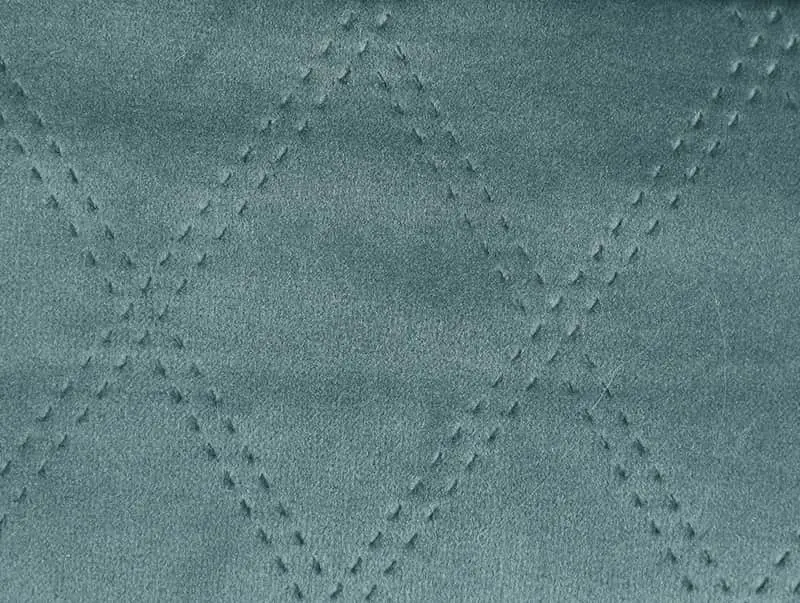
5. Aesthetic Considerations and Color Dynamics
Velvet’s aesthetic richness is a result of its directional nap and the way it reflects light. This gives rise to a characteristic "shading" effect—where the appearance changes based on viewing angle or pile direction.
a. Dye Affinity and Color Saturation
Velvet holds dye exceptionally well, resulting in rich, saturated colors that maintain vibrancy over time. This makes it a favored fabric for statement furniture pieces.
b. Texture and Tactility
From smooth and sleek to crushed and ribbed, velvet offers a range of tactile experiences. Its softness invites physical interaction, making it particularly appealing for cozy living spaces.
c. Visual Warmth and Layering
Velvet contributes to visual warmth in interior design. It pairs well with wood, metal, leather, and other textiles, allowing for dynamic layering in both modern and classical decor.
6. Application in Contemporary Sofa Design
Velvet upholstery has found renewed interest in contemporary furniture design due to evolving consumer preferences and production technologies.
a. Modular and Sectional Sofas
Velvet’s pliability and surface richness lend well to soft-edged, modular forms. Designers often use velvet to soften the geometric lines of sectional sofas and modular lounges.
b. Mid-Century and Retro Styles
Velvet is integral to the resurgence of Mid-Century Modern aesthetics, characterized by clean lines, low profiles, and bold colors. Channel-tufted and bench-seat velvet sofas are especially popular.
c. Minimalist and Scandinavian Influences
In neutral tones like taupe, charcoal, or muted pastels, velvet offers a tactile counterbalance to the sparse materiality of minimalist interiors.
d. Custom and Artisanal Furniture
Luxury velvet options are used in handcrafted or bespoke furniture pieces, where unique dye baths, embroidery, or texture treatments can distinguish a sofa from mass-market offerings.
7. Care, Maintenance, and Cleaning Considerations
Velvet upholstery requires mindful maintenance to preserve its appearance.
a. Routine Care
Regular vacuuming with a soft brush attachment removes dust and prevents fiber matting. Brushing with a velvet brush can help maintain pile direction.
b. Spot Cleaning
Stain removal should be immediate, blotting rather than rubbing. Solvent compatibility depends on fiber type: water-based for polyester blends, dry cleaning for rayon-rich velvets.
c. Steam Restoration
Gentle steaming can lift flattened pile areas. However, excess heat or pressure can damage the fabric, particularly in cotton or rayon velvets.
d. Professional Cleaning
Annual or bi-annual professional cleaning is recommended for high-use sofas, especially in commercial environments.
8. Sustainability and Environmental Impacts
With growing emphasis on environmental responsibility, velvet production is increasingly evaluated for its ecological footprint.
a. Fiber Sourcing
Synthetic velvet (polyester, nylon) has a high carbon footprint unless sourced from recycled PET. Natural alternatives like organic cotton or TENCEL™ offer renewable options but may underperform in durability.
b. Dyeing and Finishing Processes
Conventional dyeing and finishing can be water- and chemical-intensive. Closed-loop dyeing, low-impact dyes, and water-free stain treatments are being developed to reduce velvet’s environmental burden.
c. Certifications and Labels
Certifications such as OEKO-TEX® Standard 100, GRS (Global Recycled Standard), and GREENGUARD help manufacturers and consumers verify that upholstery velvet meets health and sustainability benchmarks.
9. Market Trends and Future Outlook
Velvet continues to occupy a premium niche in the upholstery fabric market, but new technologies are expanding its functional and aesthetic boundaries.
a. Smart Textiles
R&D efforts are exploring conductive velvet fabrics that can integrate lighting, heating, or haptic feedback elements into upholstered furniture.
b. Digital Fabrication and Custom Printing
Digital pigment printing allows for photographic or high-resolution patterns on velvet, enabling mass customization of sofa fabrics.
c. Bio-Based Velvet Fibers
Biopolymer-based fibers (PLA, bio-nylon) and regenerated cellulose velvets are being explored to reduce environmental impact while retaining textile performance.
d. Hybrid Velvet Constructions
Blending velvet with mesh backings, high-tensile warp yarns, or interwoven composites enhances tear resistance and makes the fabric suitable for convertible and multifunctional sofa designs.
